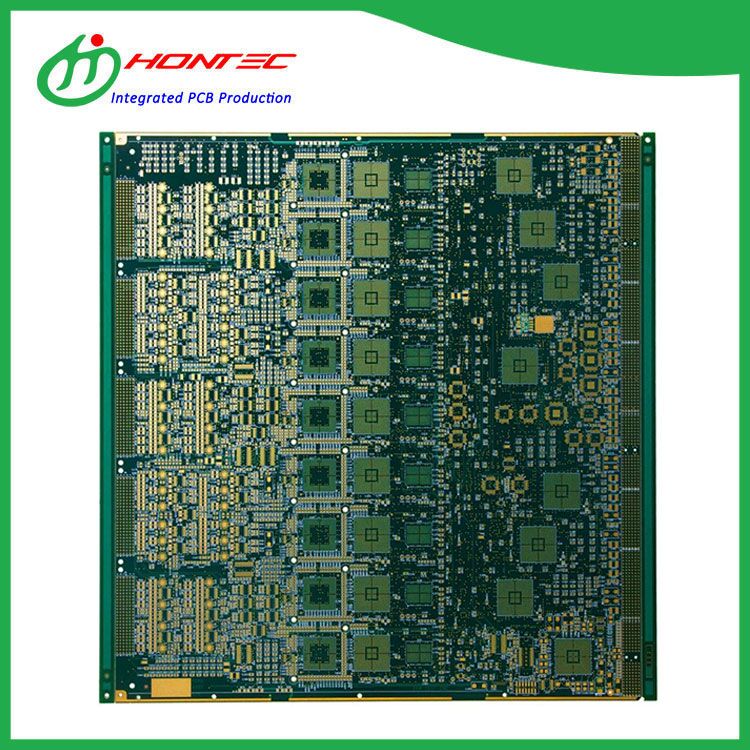Future Development Trends in High-Speed Circuit Boards
2025-07-31
When it comes to the development of high-speed circuit boards, they're like F1 cars on the racetrack, pushing the boundaries of performance with each generation. Take any gigabit router and you'll find the layers of circuit boards inside are already incredibly versatile. But the high-speed circuit boards of the future won't simply be "faster and more powerful"; they will fundamentally change the way electronic products are used.
Let's start with the materials revolution. Today's FR4 boards are like old-fashioned film cameras; they're no longer up to date. In the next few years, carbon nanotube substrates and graphene composites will be commercially available in large quantities. Their dielectric constants can drop below 2.0, doubling signal transmission speeds. Last year, a major manufacturer secretly tested a liquid-cooled PCB, demonstrating even more impressive results. Microchannels were embedded directly within the circuit layers. Using this technology in 5G base stations, it increased heat dissipation efficiency by 70%.
Design concepts are also overturning conventions. Current blind and buried via technology is considered "old-fashioned," while future photonic crystal circuit boards will be the true cutting-edge technology. By replacing some copper traces with nanoscale optical waveguide structures, optical signals can be transmitted within the board, completely solving the problem of high-frequency signal attenuation. Imagine a future where graphics cards could use optical signals directly as a bus. How low would latency be then?
Manufacturing processes are becoming akin to the art of micro-carving. 5-nanometer line widths are no longer enough; the next generation of extreme ultraviolet lithography machines could push circuit feature sizes beyond 3 nanometers. Even more remarkable is the self-assembly process, a bit like molecular Lego, where materials automatically arrange themselves into circuits according to design. A prototype board demonstrated by a laboratory last year boasted wiring density an order of magnitude higher than current designs, yet production costs were reduced by 30%.
Application scenarios are rapidly expanding. Today's autonomous driving radar boards are still at the bronze level, but future PCBs incorporating terahertz technology will allow cars to "see through" walls. Neural interface circuit boards in the medical field will be as thin as Band-Aids, yet accurately read brain waves. Even household appliances may have built-in smart circuit boards, with refrigerators automatically adjusting temperature based on the state of food—a cliché not found in science fiction.
Of course, there are also numerous challenges. Crosstalk caused by high-frequency signals is like a pileup on the highway, and controlling the thermal expansion coefficient of new materials is more challenging than mixing a cocktail. But considering the current pace of development of mobile phone processors, the high-speed circuit boards of ten years from now will surely make today's technology look like antiques. By then, if you take apart an electronic product, the circuit boards inside may be unrecognizable.
As a professional manufacturer and supplier, we provide high-quality products. If you are interested in our products or have any questions, please feel free to contact us.



